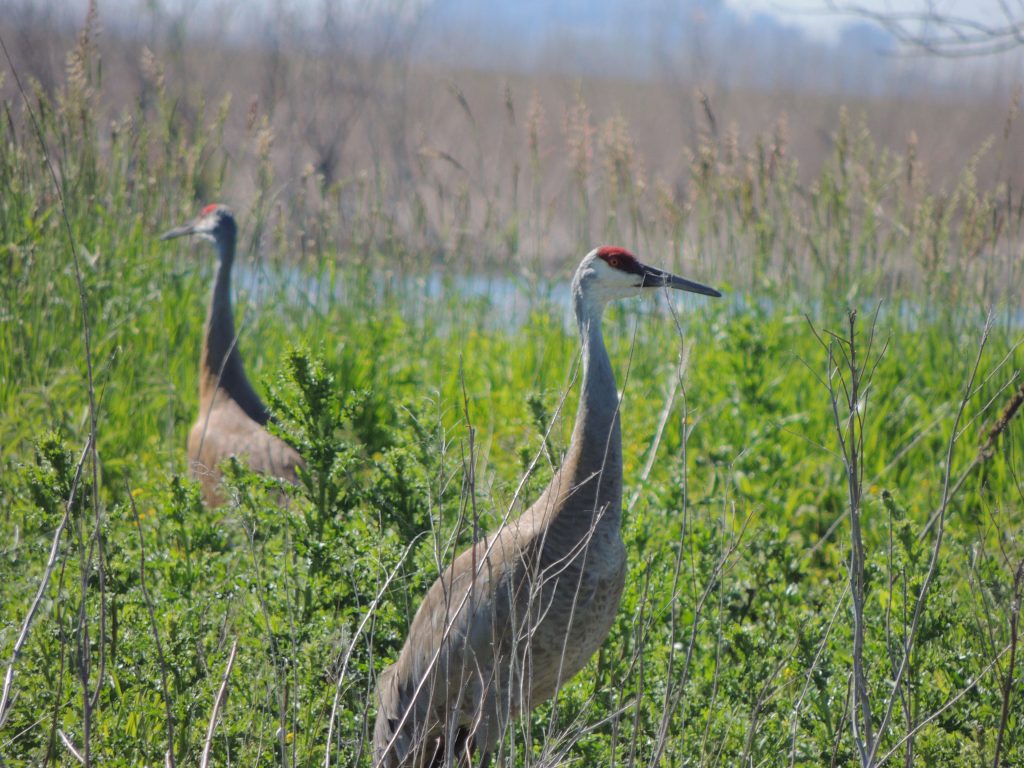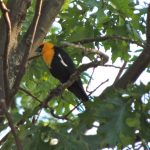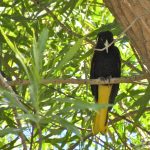July 12 2017 Fletcher Creek EPA, Wellington Co. ON. Following all the ornithic (look it up) clamour and frenzy of April, May and June it feels as though a quietness veil has been drawn across the July landscape. The birds haven’t gone away, not far anyway, it’s just that it’s no longer in a bird’s interest to be assertive and visible, far better to keep your head down and avoid the attention of the many predators out there looking to feed their growing families.
I try to get out and revisit favourite sites or explore as many new places as I can during these birding doldrums. Today I revisited a really interesting and geologically varied conservation area; it encompasses the headwaters of a significant cold-water stream and has been the site of many instructive encounters over the years. I spent a couple of hours following the stream as it made its sparkling way through a thick and often boggy forest of Eastern White Cedar. In the gloom I was happy to pick up the faint two-note call of a Black-throated Green Warbler, just a fragment of its much longer ‘zee zee zee zee zooo-zee’ spring song and a confirmation that the species is almost certainly breeding here, apt because dense conifer forests are their first choice.
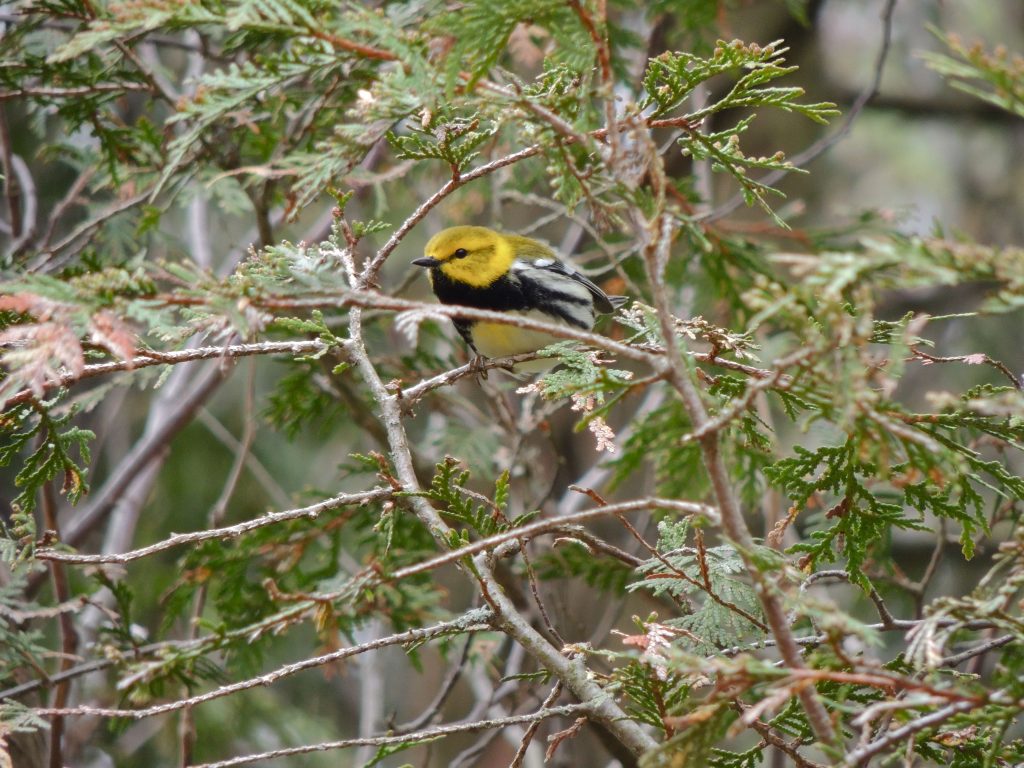
Later, perhaps half an hour, I sat to enjoy the time and place for a while, something I don’t do often enough although it is one of the best ways to get under the quietness veil. After several minutes a Northern Waterthrush approached, drawing closer all the time and ticking repeated notes of irritation at my presence. I wondered for a while whether it would come down to a convenient level and allow me to capture a photo-portrait, it didn’t but as it scolded me from above my left shoulder I got this shot.
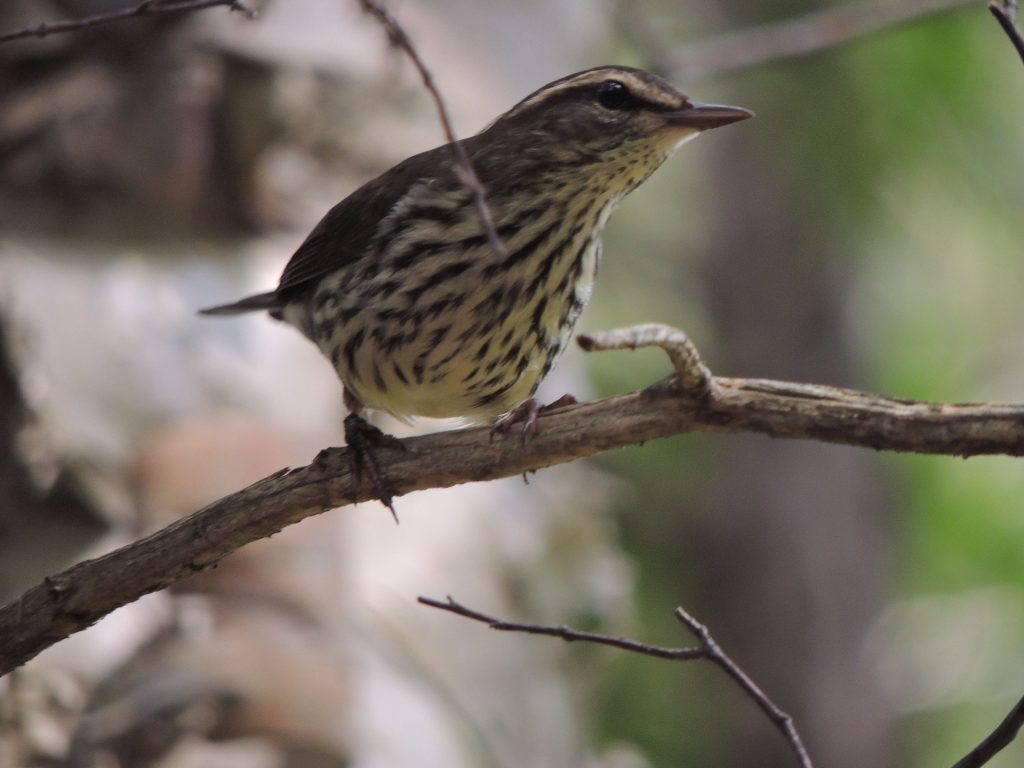
The waterthrush’s noisy disapproval drew in a Black-throated Green Warbler, my second of the day, but this time just a few feet away and easy to see (though not photograph). So there, I’d seen and heard two birds both of which were bird of the day-worthy and as I mused on this, I picked up the far off, thread-like musical trill of a Winter Wren; heart-stopping to me because of a sensational Winter Wren encounter four years ago. I refer you to an earlier post and (this is important) its accompanying video.
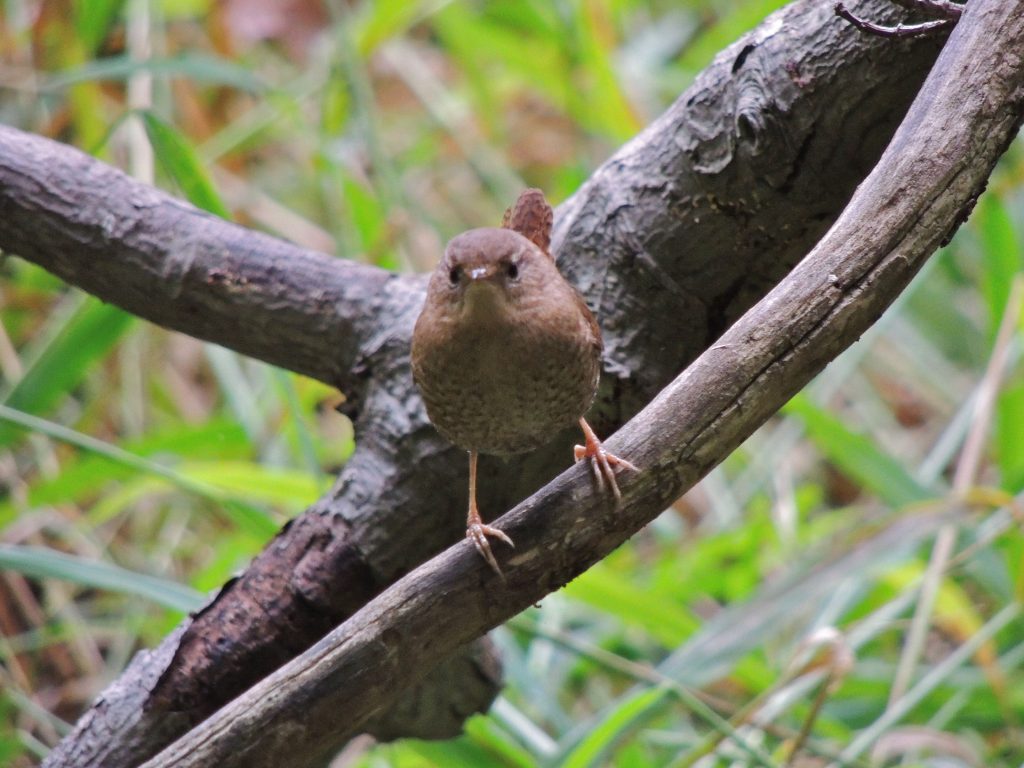
The wren stayed around for a while singing intermittently, presumably defining territorial boundaries is still important work. And as I listened, an unseen Common Raven arrived far overhead and started its version of singing, gurgling and croaking. At first blush ravens and wrens might seem an odd pairing but both are truly birds of the north and maybe what was more notable was their presence here, both of them at the southern limit of their breeding range.
So, four birds from which to find My Bird of the Day: Black-throated Green Warbler, Northern Waterthrush, Winter Wren and perhaps even Common Raven. It was the wren that stopped me in my tracks and the Black-throated Green that surprised me the most. Two Birds of the Day.






